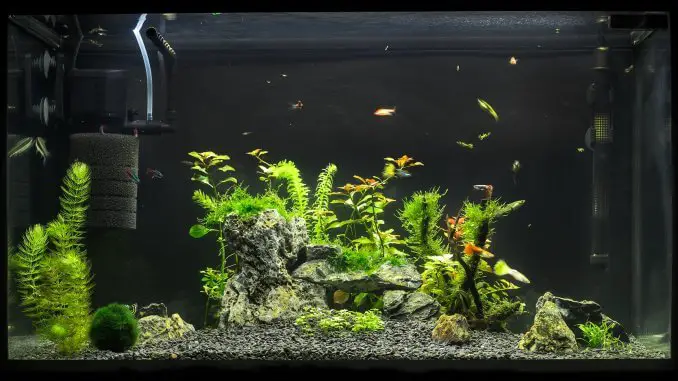
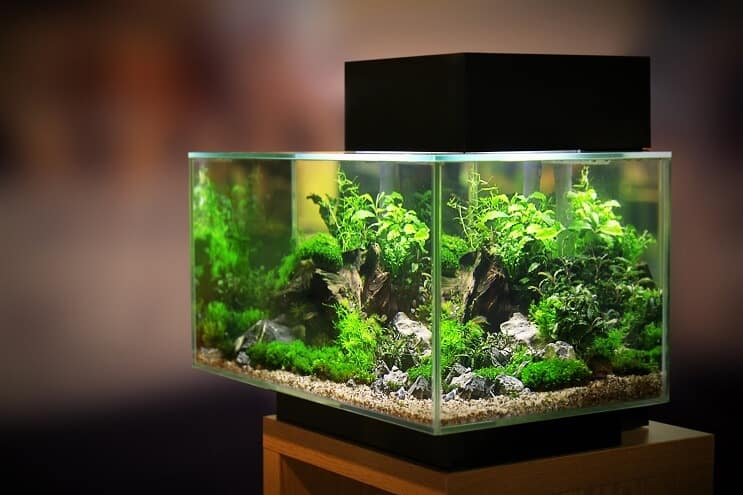
A reverse osmosis (RO) system is an indispensable component of any saltwater aquarium system, otherwise, they simply do not function very well without one.
RO systems are also important for freshwater aquariums as well, particularly if they are large tanks. A good RO system helps to maintain proper water chemistry, pH, and establishes correct osmotic pressure for the fish (this last reason is why you cannot put saltwater fish in a freshwater tank: their cells go boom).
Here we will review the water quality you can expect from an RO system, detailing what one does for your tank, its components, and also how to properly get one going and maintain it within functional parameters.
What is Reverse Osmosis (RO)?
An RO system is a water purification system that applies pressure across a semipermeable membrane (like a microscopic sieve) that selectively allows solutes to pass through it based on size restriction or charged state, thus removing them from the product water. A solute is anything that is freely dissolved in water, which is the solvent.
All-natural sources of water contain various metal ions, non-metal ions, and some polyatomic ions. An ion is the state of an atom or molecule (an assembly of like or dissimilar atoms) that assumes a charge.
This occurs through either the addition or loss of electrons to the electron cloud of the atom or molecule. Electrons are the negatively-charged fundamental particles that form orbitals around the nucleus of an atom.
Electrons are also shared between atoms in molecules and can form hybrid (merged) versions of atomic orbitals. In reality, there is no true addition of an electron particle to the cloud, which is why it is referred to as a “cloud”.
What actually happens is a transfer or loss of energy to the cloud and true electrons do not actually exist until they are measured (observed). This is part of a theorem called particle-wave duality, where fundamental particles, such as electrons or photons, for example, can exhibit either wave-like properties or particle-like behaviors, but not both simultaneously.
What are the Parts of an RO system?
RO systems are comprised of several parts that work in concert to achieve higher quality water by selectively removing ions from the product water. This is very important for maintaining both a favorable environment for your fish chemically and also for establishing a proper environment osmotically (more on that below).
Membrane
The membrane of the RO system, which is partially permeable (semi-permeable) is the heart of the entire system. It is a type of micromolecular sieve that lets water pass through and selectively allows some solutes to pass through. Those solutes that can pass through the membrane do so because they are either small enough for the ports within the membrane to traverse it or have a charge which allows them to travel through the membrane.
Other higher charged ions (such as divalent ions, which have two extra or two fewer charges) are restricted from passage unless the membrane is damaged. As such, membranes have a working lifespan and must be periodically replaced when there are breaches or when the level of restricted solute binding to the membrane substantially reduces the free passage of water and solutes.
In some RO systems which are built to accommodate larger water filtration volumes, multiple membrane layers are used. Among all the consumable components of an RO system, the membrane is typically the most expensive part.
Prefilter Systems
Since RO membranes can be a bit pricey, protecting them from having to filter high concentrations of solutes out of your product water can be affected by using a prefiltration system. Prefilters can remove crude particulate matter and solutes typically found in hard water sources.
These prefilter systems are placed upstream of the main RO membrane cartridge and consist of several types, often used in combination to produce rather clean pre-membrane water. A common prefilter component is an activated charcoal column.
Activated charcoal has numerous binding sites on its surface to absorb a variety of chemicals and ion solutes in water. If there is a large amount of particulate matter in the source water, sand filters are often the device of choice to remove particulates before feeding water into the activated carbon cartridge.
Another popular prefilter option that has become more widely used since its introduction is special polypropylene cylinders that are injected during molding with fibers of a nonwoven polymer. These polypropylene columns are basically a 5-micron filter system, whereas most RO membranes operate down to the 0.0005-micron range (most RO systems for aquariums use a 0001-micron RO membrane).
Pressure Gauge
Making sure you do not accidentally blow out your nice expensive RO membrane is sort of important and this can be ensured by installing a pressure gauge. The gauge will allow you to adjust the flow rate of the system to optimal parameters for the membrane and let you know whether or not you are over- or under-pressuring the system.
Some off-the-shelf RO systems for smaller applications do not come with a pressure gauge. However, a gauge can easily be retrofitted to your system. It is a component we highly recommend.
Flow Restrictor
Flow restrictors are a great assistant in regulating water, optimizing system performance, and protecting the RO membrane cartridge from damage. A flow restrictor is a kind of check valve that will restrict water flow inbound until the correct internal pressure for optimal performance in the RO system is reached.
In the event of overpressure, flow restrictors will maintain peak internal pressures within the RO membrane cartridge compartment and allow excess incoming water to be diverted to bypass the system to the wastewater outlet.
Flush Valve
Flush valves allow water to bypass the flow restrictor to allow large deposits to be back washed from the membrane system. This helps to increase the lifespan of your membrane and prevents damaging materials from being trapped on its surface.
Most RO systems do not have a flush valve, but these can be purchased separately and retrofitted to nearly any reverse osmosis system.
Product Water (Output)
Product water is the first of two system outputs and is the main objective of your RO system: production of purified water. A well-functioning RO system is typically able to remove about 90% of undesired components from common tap water.
To ensure that your RO system is efficient, it is a good idea to regularly test that the product water is within specified parameters. This can be done with a few kits or sensors.
A total dissolved solids (TDS) meter or a general hardness (GH) kit will analyze the quality of the product water and tell you if the system is working properly. Dissolved solids in a well-maintained RO system should be about 10 ppm or less and the general hardness of your product water should be exactly zero.
Wastewater (Output)
This is the second output component of an RO system and contains water with all the segregated solutes that you did not want in your aquarium. Typical wastewater output contains higher levels of nitrates, phosphates, metals (such as lead, mercury, and copper), pesticides, and pesticide break-down products than you find in normal tap water.
Wastewater can be used for house plants, for your garden, or your greenhouse because plants respond well to nitrates and phosphates, which are plant growth nutrients. However, be aware that if you do have increased concentrations of heavy metals in your wastewater, you do not want to use that water on food plants.
What an RO System Does for the Tank
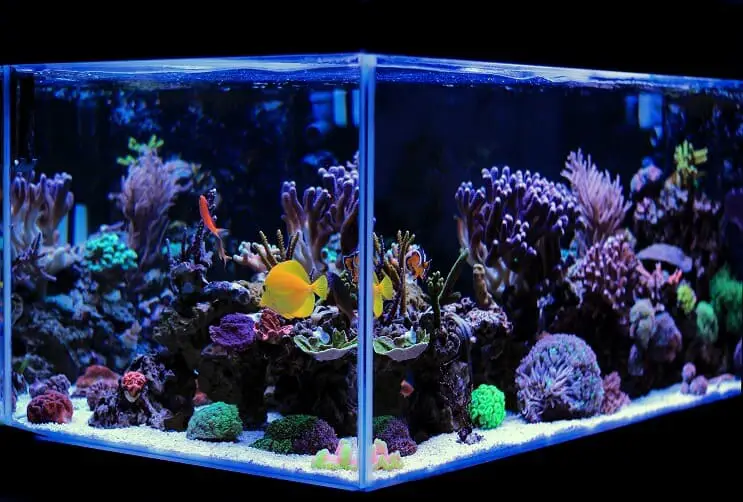
To be brief, a good RO system removes soluble components from source water that can have detrimental effects on aquatic plants and organisms. In some instances, failure to remove these solutes can result in poisoning your animals and killing off life in your tank.
RO systems can effectively remove excess amounts of chlorine, fluoride, arsenic, benzene, calcium, magnesium, lead, mercury, copper, pesticides, and many other organic solids. Removal of these solutes is ideal for the health of any aquarium but is actually a non-negotiable part of any saltwater aquarium.
It is true that some removed components are beneficial for aquatic plants (i.e., nitrates and phosphates), but these nutrient components are often replenished in the tank water by the animals in the tank (fish, shellfish, snails, etc.).
Let us examine all of the chemical changes an RO system imposes on treated water and what removal of these solutes does for your aquarium.
Water Hardness
RO systems reduce water hardness by removing high levels of calcium and magnesium from normal source water. These elements can react with many biological systems and also inert materials, leaving encrustations that cyclically continue to re-dissolve calcium and magnesium back into the tank water.
Failure to control for water hardness can make balancing the pH in your tank kind of a nightmare. Each time you adjust the pH, that will either cause increased accumulation of calcium and magnesium on existing deposits or increase the liberation of calcium and magnesium ions from those deposits.
The result is that you will be continually chasing your tail trying to achieve the desired set point for the pH of the tank. Beyond this issue, some species of fish are more sensitive to elevated levels of calcium and magnesium that are other species.
Tropical fish from the Amazon rain forest, such as angelfish and discus, do not survive well or breed in hard water. In contrast, there are many hard water-tolerant species such as guppies, swordtails, archerfish, and other freshwater species.
This is only a brief sample and you should do your homework or consult with an aquarium specialist if you need to know the specifics on the environmental requirements of an organism you intend to put into your tank. To sum it up, controlling for water hardness provides you a broader range of organisms you can host in your aquarium tank.
Nitrates
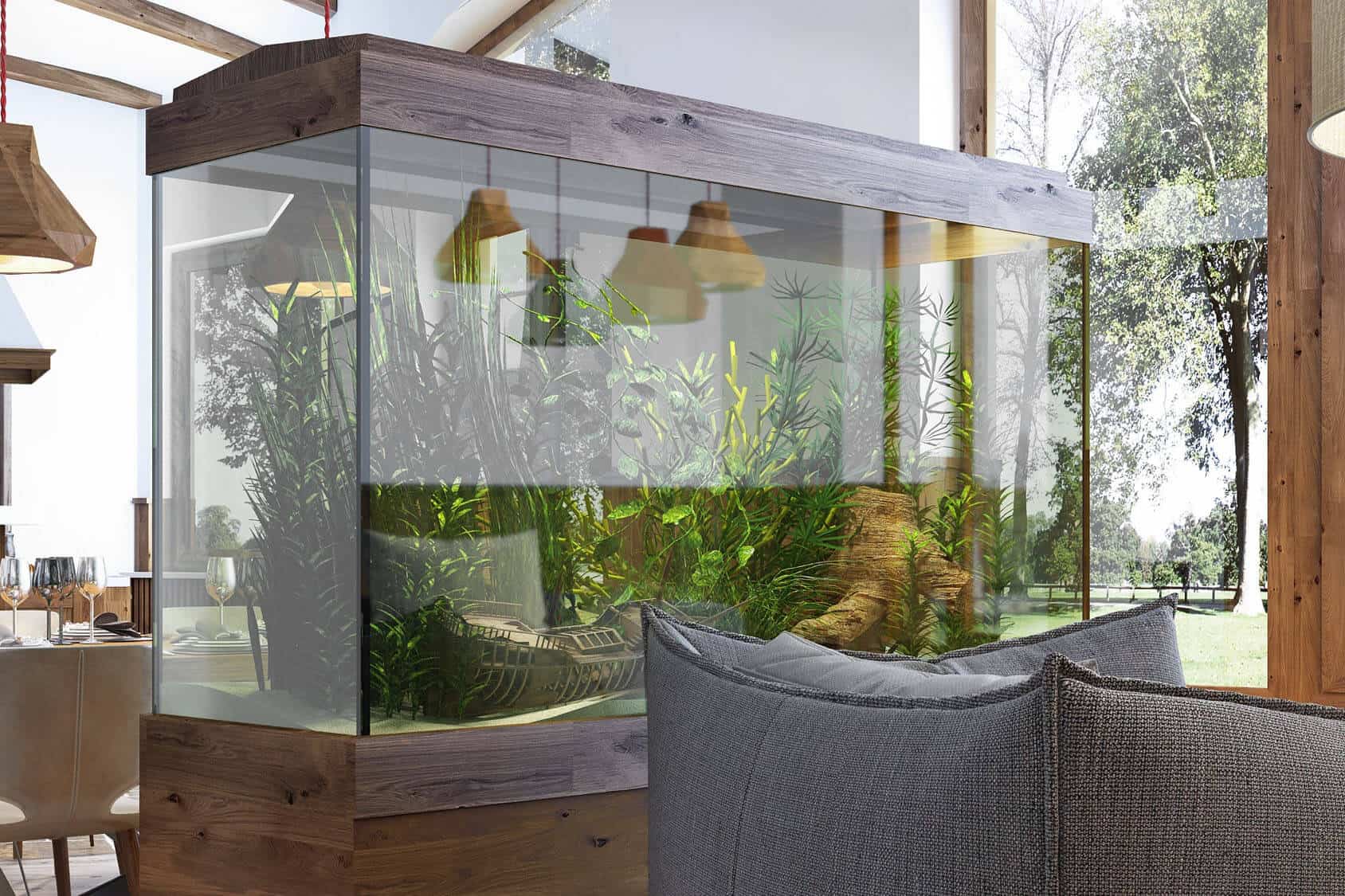
Nitrates (NO3-), and also nitrites (NO2-), are nitrogen-oxygen molecules that can exist independently as ions or are attached to larger molecules as functional groups. They are the products of animal biological systems, although they can also be formed in the air through the plasma energies produced from lightning during thunderstorms.
In animals, these nitrogenous compounds are the products of deamination reactions which are steps in the metabolism of amino acids derived from the consumption of proteins. The trans-amination reactions that take place produce keto acids, which can enter into the Kreb’s cycle and provide energy to cells.
Nitrogenous byproducts of this process are waste products and are eliminated. Depending on the animal and its water challenges, nitrogenous compounds are transformed into ammonia, urine, or uric acid and are released through micturition (urination) and defecation. In the environment, nitrifying bacteria break down these waste products to nitrates and nitrites, which are usually consumed by plants as nutrients.
In source water, such as tap water, the presence of these chemicals is usually anthropogenic and the result of excess fertilizer use and agricultural runoff to freshwater sources such as streams, rivers, and lakes. Regarding their effects on aquarium systems, if not controlled, freshwater aquariums are somewhat tolerant of moderate levels of nitrates (upper limit of 40 ppm), whereas saltwater aquariums are decidedly not tolerant at all (upper limit of 0.25 ppm).
Since nitrates will accumulate in your tank through the break down of fish urine and feces and must be filtered from the tank water, starting with low levels of nitrates in your filtered source water provides you some latitude in maintaining your tank chemistry. In addition to an RO system and regularly cleaning your tank, placing certain plants or materials in the tank environment can assist you in controlling nitrate levels.
Live sand and live rock, which contain nitrifying bacteria, will reduce tank nitrate levels. Mangrove plants are also quite adept at taking up and using nitrates as growth nutrients, thus creating an ecosystem loop in the tank.
Phosphates
High levels of phosphates, which are a plant nutrient, can cause algal blooms in your tanks. Eventually, an algal bloom will reduce the oxygen tension in the tank water through competition and begin to kill off life in the tank.
For saltwater tanks, the phosphate levels need to be maintained below 0.2 ppm or algae will destroy your corals and suffocate your fish and shellfish.
Silicates
Silicates can be found in groundwater and, even if filtered from the source water, are also dissolved from sandy substrates in your tank. These can be spawning sources for algal growth and often result in algal blooms from gravel algae (a type of brown alga).
In addition, silicates can drive the proliferation of diatoms (some species of which are algae), which will graze on corals. An RO system reduces the overall silicate accumulation pressures on the aquarium tank.

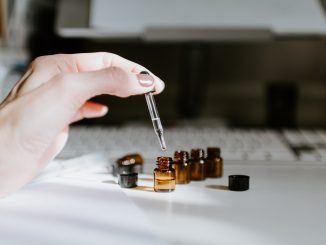
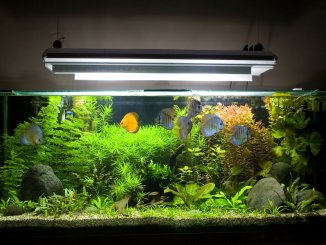
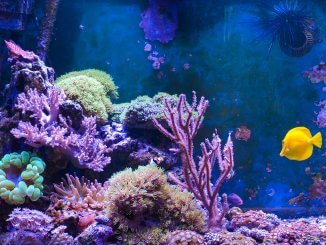

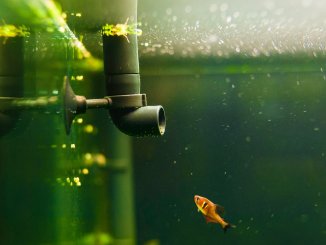
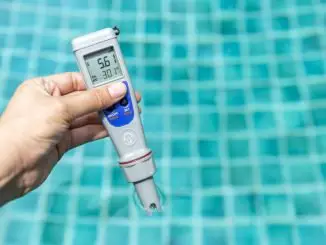

Be the first to comment